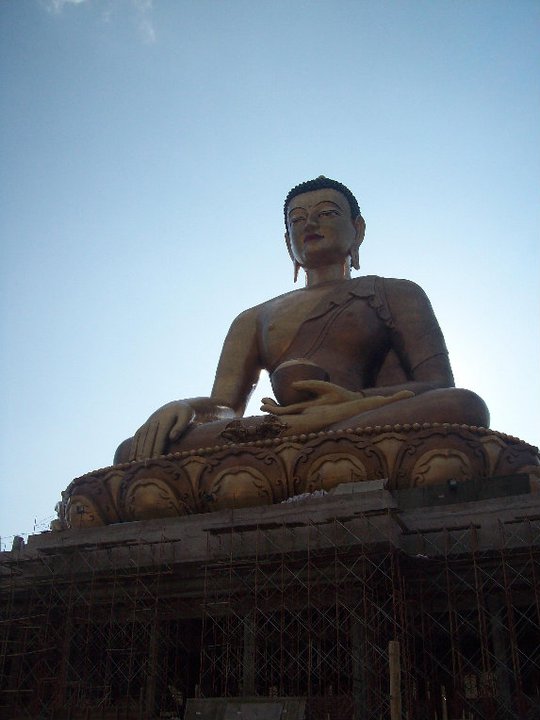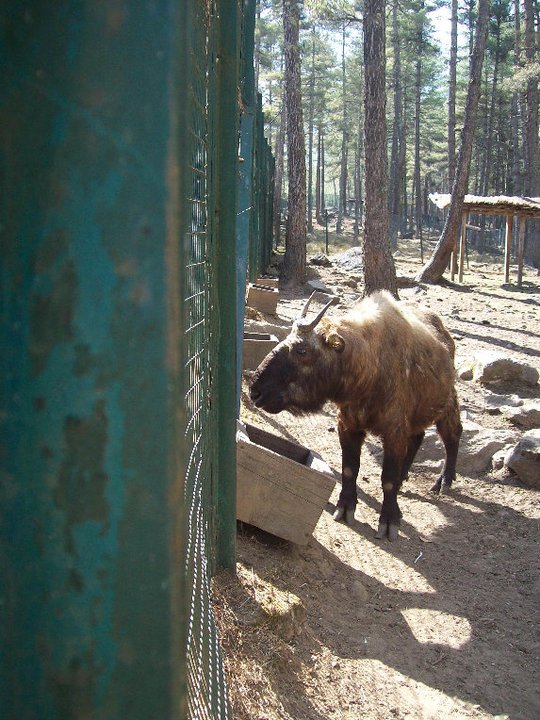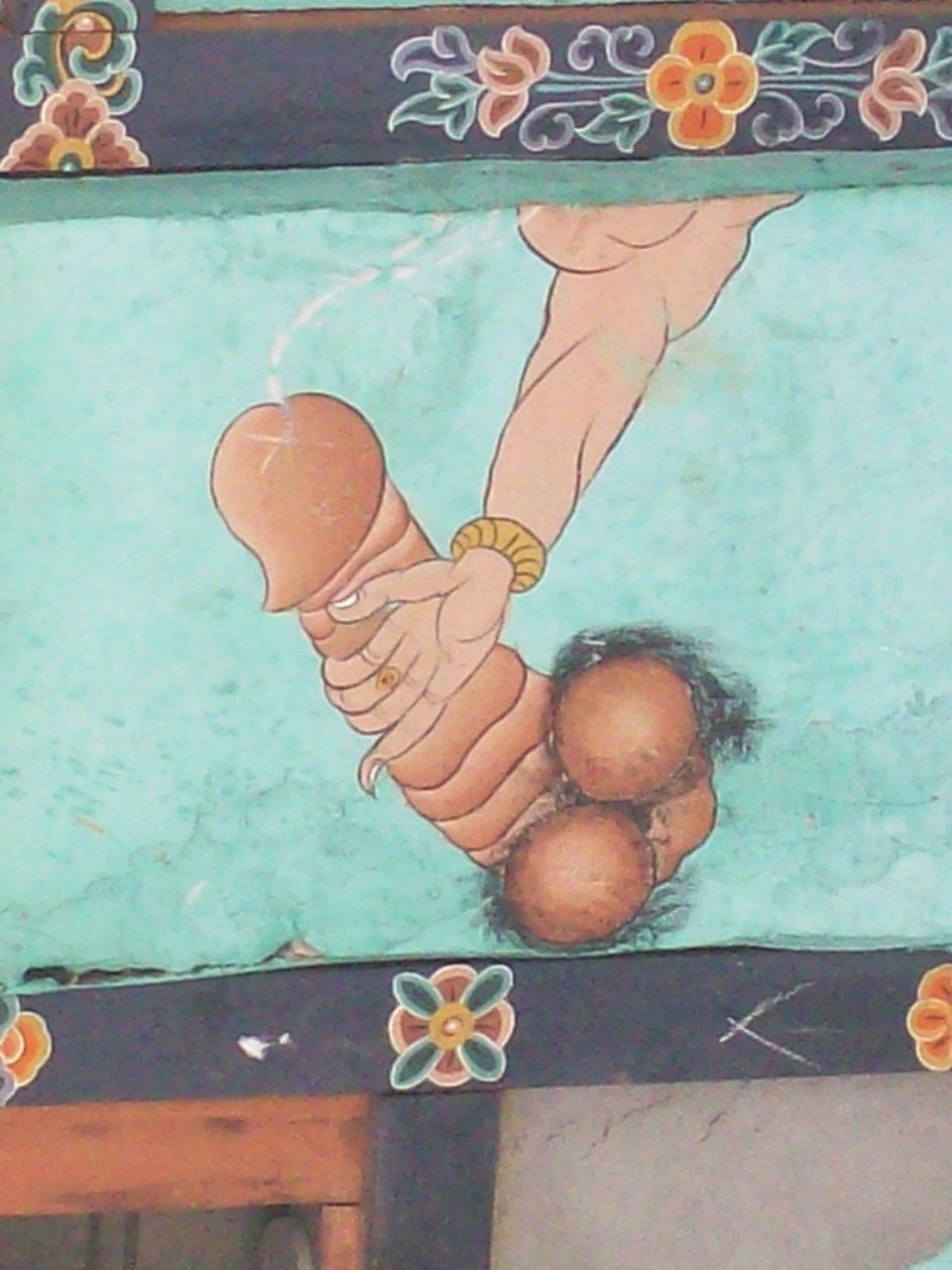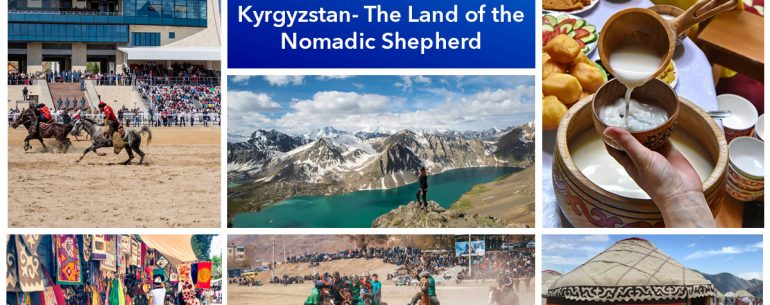Bhutan is often considered the last Shangri-La, the land of the thunder dragon filled with people who measure success in terms of happiness instead of GDP. Indeed the country attempts at accruing Gross National Happiness. While this utopian vision is a tad inflated, it is not unusual in the countryside to observe cheery bus drivers throwing candy out to kids as the race past villages across steep mountains, expertly maneuvering heavy motor vehicles across picturesque hills and dales at top speed. But the country is no backpacker haven. Every visitor is subject to a USD 200- 250 per day fee depending on high or low season.’ Low-impact, high value’ tourism is the idea behind the hefty charge. The fee however includes accommodation, food, guide and vehicle with driver. Visa free access is granted only to citizens of India, Bangladesh and Maldives. All other citizens require to prearrange visas through a licensed Bhutanese tour operator.
The country is worth the splurge. To get bang for your buck, plan your trip to coincide with any one of the myriad colorful Buddhist festivals. Below is a list of some of the country’s highlights in and around the small Himalayan kingdom’s capital Thimpu.
Thimpu– The majestic Trashi Chhoe Dzong (fortress structure) takes center stage in the capital of this gorgeous mountain nation. The dzong was originally built to house both monks and civil officials. It now houses the current king’s residence, the throne room, the secretariat and offices of the king and some ministries.


Other sights in Thimpu include, the white washed golden finialed national religious chorten (a structure contain Buddhist relics), the massive Sakyamuni Buddha statue (one of the largest in the world)- Buddha dordenma and the national textile museum for traditional weaves. Visit the Motithang Takin preserve to peek at the national animal of Bhutan, the Takin with purportedly the head of a goat and the body of a cow. The weekend market on both sides of the Wang Chhu, near Changlimithang Stadium from Thursday evening onwards is a big draw for locals and tourists alike. Incense, saffron, amulets, dried fish, fruits, vegetables are all on for sale at this bustling market. Thimpu is also a great place to indulge in a relaxing traditional hot stone bath. Don’t forget to dig into the Bhutanese national dish, ‘ema datshi’ as it is called in the Dzongkha language of Bhutan, a cheese and chilly stew.
Paro– perched high up on a cliffside in the Upper Paro Valley, Taktsang monastery also known as the tiger’s nest is a jewel in Bhutan’s tourist circuit. Legend has it that Guru Rinpoche, the saint who introduced Buddhism to Bhutan flew in from Tibet on a tigress to meditate in a cave on the cliff for three years, three months, three days and three hours. The trek up alpine country is fairly steep but offers spectacular views of the striking monastery. Colorful prayer flags and a waterfall plunging into a sacred pool dot the way.
Punakha – the district houses the Punakha dzong or ‘the palace of bliss’ is the site where the first King of Bhutan, Ugyen Wangchuck was crowned. Punakha’s five day festival Demoche, held in February/March is a sight to behold. It features dramatized rituals and traditional mask/warrior dances. The festival relives the 1639 defeat of invading Tibet by Bhutan. The final day includes a ritual where oranges are chucked into the Mo Chu river that flows by the dzong by the Je Kengpo (translated “Chief Abbot”) with great flourish and fanfare. The citrus fruits are considered as offerings to the snake gods or nagas who are said to live underwater.

A short drive away is the unassuming but hugely fascinating Chimi Lhakhang monastery. Visiting the monastery requires a short hike up a hillock across lush paddy fields. It is located on the site where the 15th century unconventional saint Drukpa Kunley fondly aka the ‘divine madman’ built a chorten, close to which he supposedly had entrapped a demon with an enchanted thunderbolt of wisdom. Drukpa Kunley has also been dubbed the ‘Saint of 5,000 women”. The story goes that women both married and unmarried sought his blessings by soliciting sex with the outrageous saint. Today, women wishing to produce children visit the monastery to be blessed by a Lama who taps them on the head with a wooden, ivory and bone phallus. The monastery’s walls are awash with frescoes that depict the eccentric saint’s colorful life. Huge erect phallic paintings adorn the walls of buildings in the villages surrounding the monastery. The paintings are believed to ward off evil and protect people from malevolent chinwag.
(To be continued in part 2…..)
Feature image- Tiger’s nest, Paro, Bhutan.



Leave a Reply